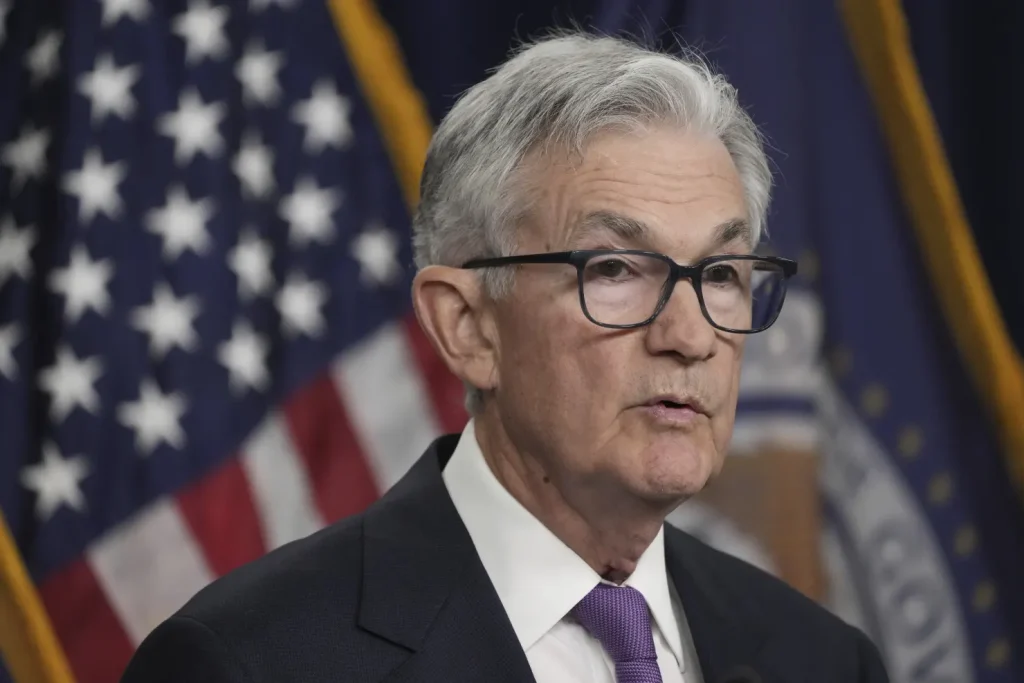
The U.S. Federal Reserve has opted to maintain its current interest rates, as revealed in Wednesday’s announcement. Although the bank anticipates one more rate hike before the year closes, it has scaled back the number of cuts expected for next year. This last increase would conclude the current cycle of rate hikes, which commenced in March 2022.
Financial markets had already accounted for the lack of movement in this meeting. The Federal Reserve continues to maintain the fed funds rate between 5.25% and 5.5%, marking a 22-year high. This rate not only affects interbank overnight lending but also has broader implications for consumer debt.
Uncertainty remains regarding the future trajectory of interest rates, as overseen by the Federal Open Market Committee (FOMC). Recent documents indicate a potential shift towards a more restrictive monetary policy, pushing for sustained higher rates. This news unsettled the markets, causing a dip in both the S&P 500 and the Nasdaq Composite.
Fed Chair Jerome Powell indicated cautious optimism but emphasised the need for more progress in tackling inflation. “We’re on the right track, but we’re not there yet,” he noted.
The latest projections hint at one more rate hike this year and two cuts in 2024, fewer than previously estimated. The forecast also shows a rate of 5.1% for 2024 and 3.9% for 2025. The long-term projection for 2026 suggests a 2.9% rate, higher than what the Fed considers ‘neutral.’
For Australian audiences, it’s worth noting that the RBA might take cues from the Federal Reserve’s cautious approach to rate hikes. Given the global interconnectedness of financial markets, the RBA could also opt for a measured approach to rate adjustments.
While the Federal Reserve projects economic growth and lower inflation, it still maintains a cautious outlook. The bank is also reducing its bond holdings, impacting its balance sheet significantly.
Amidst this backdrop, Fed officials have been recalibrating their stance, advocating a more balanced approach rather than an aggressive anti-inflationary policy. While there’s optimism about controlling inflation without causing a recession, the Federal Reserve remains cautious about declaring early success.

